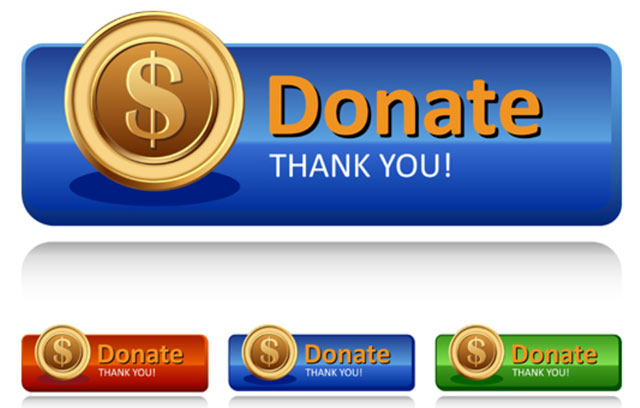
Image by Janfilip on BigStockPhoto
Use a multichannel approach to achieve fundraising success
Farra Trompeter is giving a free webinar today, 12 Steps to Make Your Year-End Fundraising Campaign Stand Out. It’s at 2 pm ET / 11 am PT, and it’s not too late to sign up.
Target audience: Nonprofits, cause organizations, foundations, NGOs, social enterprises, businesses, educators, journalists, general public.
Guest post by Farra Trompeter
Vice President, Big Duck
 Nonprofits get 30 percent of their individual donations in December, so having a successful year-end fundraising campaign is essential. By now, you may have heard that taking a multichannel approach to your fundraising is the only way to go. But how do you do it?
Nonprofits get 30 percent of their individual donations in December, so having a successful year-end fundraising campaign is essential. By now, you may have heard that taking a multichannel approach to your fundraising is the only way to go. But how do you do it?
Here’s a handy list of 12 steps for campaigns.
Find a subject that’s relevant and timely to your audience
1What’s happening in the world as it relates to your mission? Any holidays or other major events on the horizon? Look for ways to hook your work into news that your donors and wider community may have heard about.
Identify your organization’s most urgent objectives for this year
2What are your current approaches to accomplish your mission? What are the real needs or problems your organization is facing that your campaign can address? It can help your community relate to your work if you can establish the need for their support. Even better if you can frame your work as the solution to the problem you are addressing.
Build a common campaign story across channels
3The five key elements to a strong campaign story are: problem, solution, action, goal, and timeline. More than just explaining what the problem is and how you’ll solve it, determine a goal for what you want to accomplish so that supporters can feel like their actions are having an impact on the solution during the time of the campaign (be it over one month or several years).
Decide on a concept to unify the look and feel of all elements
4Once you’ve got the story done, be sure to connect the dots in how you execute the campaign with a compelling name, unified visual look (font, photos, etc.), and message (copy lines, emotional triggers, and brand personality).
Select the right channels to reach your audiences
5Take a moment to pause and think like one of your donors. Now think about where they go to get information about the issues you are working on. Do they open every email? Like every Facebook status update? Retweet actions on Twitter? Visit your website every week to see what’s new?
Maximize each channel for what it does best
6A good campaign doesn’t just appear across multiple communications channels, (including email, direct mail, social media, website, video, and phone), but coordinates how these channels reinforce one another. Even better when you use each channel for what works best in how your community uses it, such as thanking donors on Facebook or asking activists to respond to an immediate deadline over email.
Include an action other than giving
7We’re pretty fundraising-focused around here and assume that you are, too. If your campaign is trying to raise money, great, but be sure you don’t treat your donor like an endless ATM. Invite them to take other actions — like contacting a representative, signing a petition, or responding to a quiz — before you ask them to donate. Oh, and please limit the action in each element to one simple and direct call to action.
Set the right goal to motivate your audiences
8Remember that overall goal you set for the campaign as part of step three? Make sure it feels inspirational – so supporters are motivated to be part of it — and somewhat achievable, so you can share that sense of accomplishment.
Connect channels to each other and to your campaign concept
9Being persuasive is important, but so is being consistent. Just when things start feeling boring to you, your community will start to get it. The look and feel of your donation page, the image on your homepage, the URL used in email, social media, and mail should all be the same.
Craft your calendar around deadlines
10A typical multichannel campaign happens over one to two months. If it is a year-end campaign, it will likely start around Thanksgiving and go through early January. Whenever it is, set up a calendar that allows your messages to tell a compelling, coordinated, and cohesive story.
End your campaign with a report-back in all channels
11It shocks me how many campaigns I see that forget to say thank you at the end and let people know what happened. Even if people didn’t give, they like to feel part of the success. And your words of thanks may warm them up for the next time, not to mention make those who did give or act feel even better about it.
Plan how you will capture and analyze key results
12Before you send that first message, make sure you have the tools you need to capture important metrics, including open and click-through rates, donation page conversion rates, response rates, and average gift. While the campaign is live, check these statistics and consider changing your approach if things are not working well. And once the campaign is done, be sure to take the time to analyze what happened, compare performance to previous efforts, and map out lessons learned.
Like these suggestions? What other tips do you have to share? Add your thoughts in the comments below.








